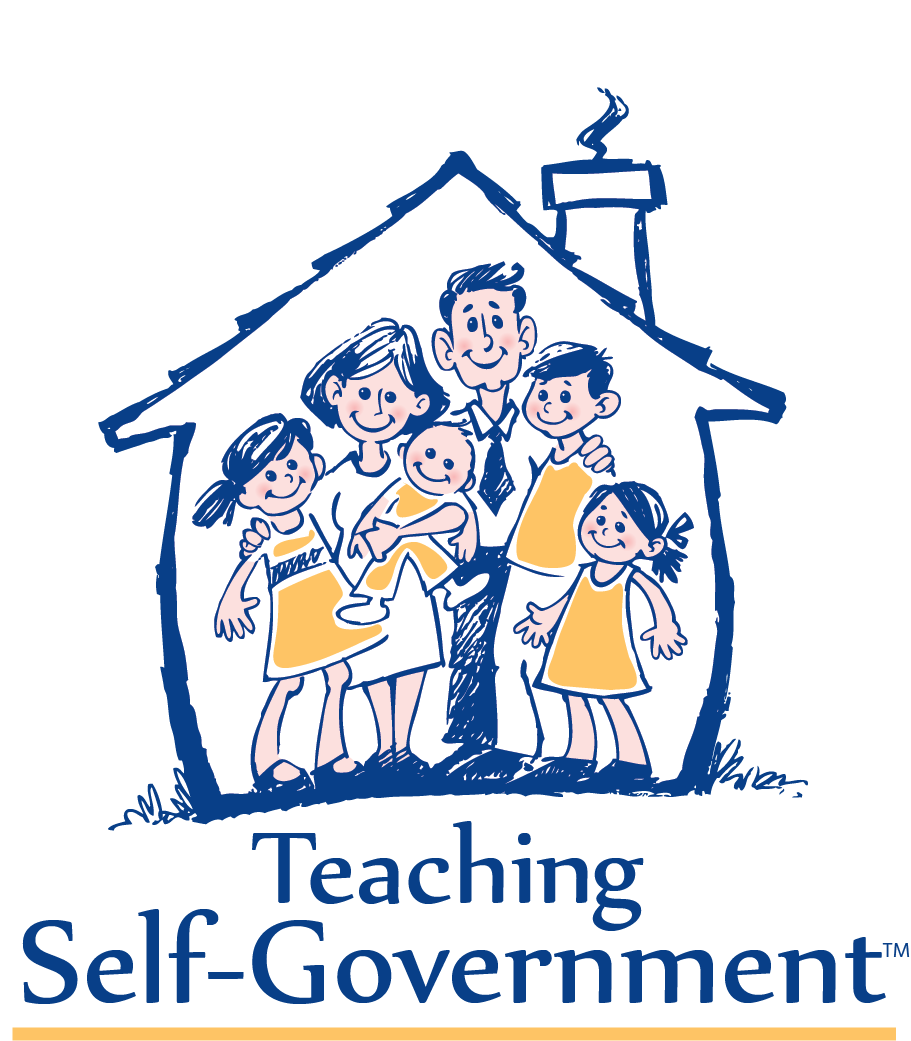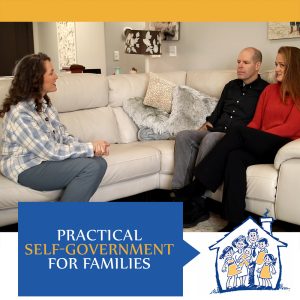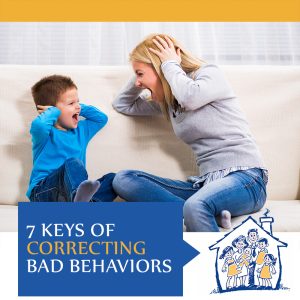Good Triggers vs. Bad Triggers and Calm Communication Skills
Have you ever completely lost control of yourself and you weren’t exactly sure why? This can happen to anyone. This usually means that you’ve been triggered in some way. There’s so much talk about emotional triggers nowadays that triggers are turning into common excuses for poor behavior. Could it be that we might sometimes be interpreting bad triggers as good and good triggers as bad? Triggers can be used for good or bad. If you understand how your feelings impact your thoughts and actions you can train yourself to use those pesky negative triggers as triggers for good thoughts and behavior instead of bad. Even calmness can be positively triggered by what used to be a bad trigger, if the person has properly replaced the bad trigger with a good one. That’s what this article’s all about.
Understanding Triggers
Everyone has triggers, not just people with anxiety or trauma-filled pasts. When we hear a certain song that we repeatedly listened to with a best friend, we naturally think of the friend. If a child always gets a certain kind of candy from her grandma, then later when she wants to remember her grandmother, she’ll often unconsciously eat that candy. Likewise, when a child was raised by a yelling/aggressive parent and develops a habit of fear when someone disapproves of them, then the child becomes anxious or fearful when a boss or teacher shows disapproval, too. The old experience triggers the same response in the new experience, even if it isn’t needed.
Most triggers are conditioned. This means we literally train ourselves to respond a certain way in most situations. We are continually self-programming ourselves emotionally, mentally, and behaviorally.
The Problem: Seeing Good Triggers As Bad Triggers
Since people often use “being triggered” as a reasonable excuse for limiting their negative thoughts and behaviors, then more bad triggers are being socially embraced as good, protective triggers, and people are becoming conditioned to fail at self-control and tolerate being emotionally trapped. Triggers are real and can be very difficult, even feel debilitating at times, but if they lead to a feeling of being trapped, alone, or in bondage, they shouldn’t be catered to or embraced. They need to be exposed and brought into the light in a loving and understanding way.
As a treatment foster parent for troubled teens, I met many young people who thought that how they responded to triggers was “just how it is” because of their history of abuse or trauma. In fact, many of them held so tightly to their negative triggers that they didn’t initially want to form good triggers that would lead to good thoughts and behaviors. When they first started treatment, they often perceived my suggestions to overcome their bad triggers and replace them with good triggers as impossible, and maybe even uncaring. But, after working diligently on changing triggers for a short while, they started to feel freedom from their bad triggers for the first time and recognized good triggers as good.
The Solution: Replacing Bad Triggers With Good Triggers
When a new foster youth arrived, we honestly analyzed and discussed their triggers so that we could conquer them, not embrace them. It occurred to me that the only way to permanently get rid of a bad trigger was to replace it with a good trigger. Just telling a bad trigger to go away doesn’t work as well. Taking positive action is better. This meant that we had to work on transforming that bad trigger emotion into a good emotion that would erase the need to hold on to the old trigger. This worked.
I call this process of unlocking personal freedom emotionally, cognitively, and behaviorally, Teaching Self-Government. For over 20 years I’ve been teaching people how to govern themselves, which means knowing how to train yourself to get rid of the bad triggers and create good ones to fill the void. I do this by teaching people certain communication skills that help a person self-assess, connect to others, and proactively improve themselves. For instance, this is how I teach parents to stop getting angry and choose calm effective communication instead.
Calm Communication: The New Me
I’m a strong-willed person. This means that when people used to get angry at me, I naturally developed a trigger that would make me start fighting and being aggressive. In my early 20s, I recognized that this type of strong-willed aggressiveness was one of my biggest weaknesses. So, in true, strong-willed fashion, I decided to make a new path for myself.
I had just started taking in troubled teens and I had two toddlers of my own, so it was a daily battle to keep my emotions and attitudes from boiling over. At first, I tried to just will myself to stop the aggression. But, I had nothing to replace it with so bad habits kept taking over. I soon decided that I needed a more concrete plan. I called this my calm plan.
The calm plan started with me analyzing my negative triggers. I realized that when things started getting stressful or chaotic, I began thinking and doing certain things almost automatically. I say “almost automatically,” because I could feel the place where I chose to engage in irrational or emotional behavior, but that moment of choice seemed to be so short-lived that I had a hard time stopping to switch the choice.
So, I analyzed that point after each disappointing outburst or attitude problem and tried to find the feeling that started certain thoughts and actions in motion. I knew this had to be my new stopping place. I couldn’t allow myself to cater to negative emotional triggers at all, or I would slip down that emotional slippery slope every time. But, I didn’t stop planning there. I also decided that the stress or chaos that was a bad trigger could just as easily become a good trigger if I could learn an effective skill to transition the trigger from bad to good.
My calm skill works like this:
1- See chaos.
2- Stop and say to myself, “That is chaos. Am I calm?”
3- Check myself to see if I feel calm and ready to handle the chaos correctly or if I feel the old attitude habits starting.
4- Get calm if needed. I had made a deliberate plan for this.
5- Know exactly what to say. I created scripts for myself to handle chaotic situations or times I would need to correct someone so that I wouldn’t fall into my old habits and start using my trigger for bad again.
6- Follow the plan exactly, even if I had to read the words off of a cue card.
7- Analyze how I did at controlling myself and plan for future adjustments. Praising myself for good accomplishments is important.
Triggers can be used to defeat us and beat us down, or they can be used to empower us and give us a chance to find the strength we didn’t know we possessed at first. Good triggers can replace bad triggers if a person chooses to allow it to happen. Our thoughts, emotions, choices, and behaviors are all interconnected. Changing any one of them can create a new path to freedom or bondage. We must always embrace the human capability to choose in order to preserve our ability to improve and progress. Changing ourselves through deliberate self-government really can change hearts and increase happiness.
I have a gift for you! My free Calm Parenting Toolkit is a mini course dedicated to helping you find the tools you need to master your calmness and help the people you love find calmness, too.






